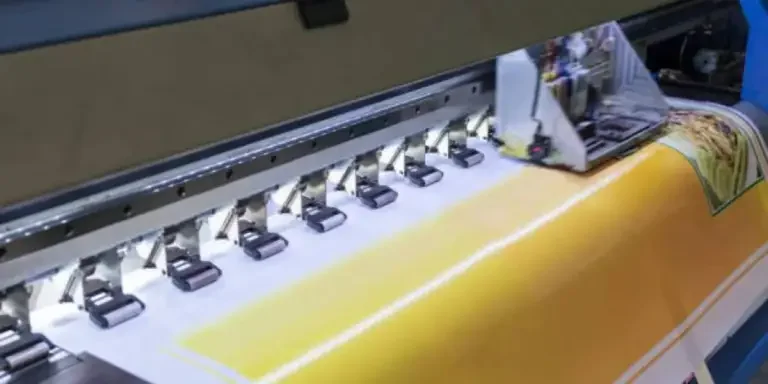Coding and marking in industries are the main forces increasing the demand for inkjet printers. Compared to other printers, inkjet printers are more suitable because of their quality, efficiency, and speed. Additionally, inkjet printers are available in different sizes and have varying configurations. Since there are different models and different manufacturers of inkjet printers in the market right now, it is worth getting all the information before investing in these machines.
This article is about the tips buyers can use to select suitable inkjet printers. Also, it will look at the market share, the size of the inkjet printers market, and the different types of inkjet printers.
Table of Contents
Overview of the inkjet printers market
Types of inkjet printers
How to select suitable inkjet printers
Conclusion
Overview of the inkjet printers market
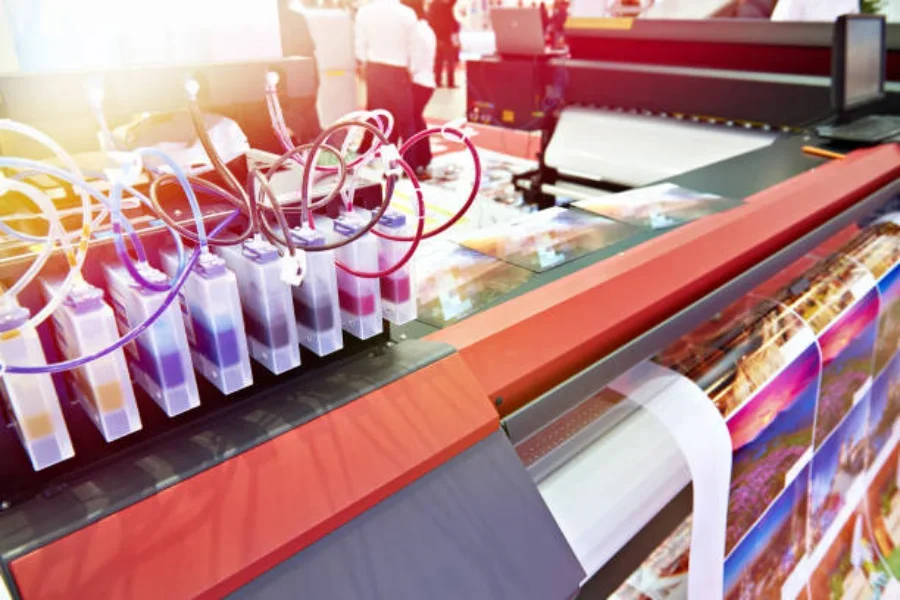
The market for inkjet printers has experienced significant growth over the years. This is due to the increased demand for printers for packaging purposes. The packaging industry is expanding worldwide due to huge demand from the e-commerce sector, which highly employs transport and shipment. The e-commerce trade requires convenient packaging of products like household care, healthcare, personal care, food, and beverages.
According to Mordor Intelligence, the inkjet printing market was valued at USD 86.29 billion in 2021. It was forecast to grow at a compound annual growth rate (CAGR) of 8.32% between 2022 and 2027. The main driving forces for this growth are the surge in digital advertising media activities and the stability in the packaging industry.
Based on the regions, Asia-Pacific is projected to experience the fastest growth during the forecast period. Globally, it has become the largest region for printing ink driven by India and China. Some of the international manufacturers of ink in this region include Sakata INX, DIC, and Toyo Ink.
Also, the advertisement segment is expected to dominate the market share. This fastest-growing segment consists of points of sale (POS) and displays. It also narrows down to banners, which hold a considerably large share of the advertising media because of their versatility as they have several applications.
Types of inkjet printers
1. Single-function inkjet printers
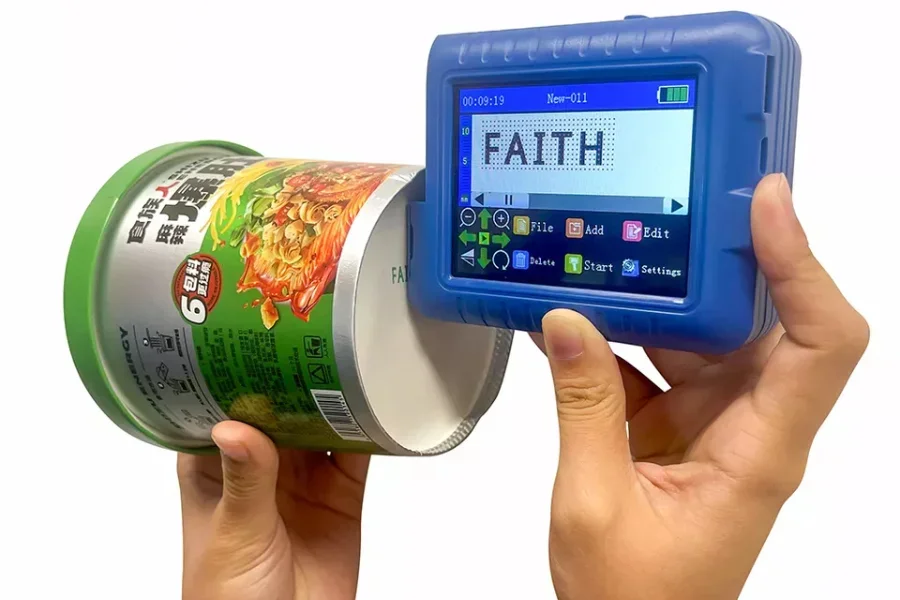
Single-function inkjet printers are only capable of performing simple printing functions. They are commonly used in households and small offices which do not require the printing of large documents. These printers are easy to operate and less expensive. Various inks can be applied based on the buyer’s printing speed to give black-and-white colors. Also, depending on the model, these printers produce good-quality pictures.
Pros
– They are stylish, compact, and easy to use.
– They have excellent and high-quality printing specifications.
– They are affordable and have low maintenance cost.
Cons
– Users need to invest in more devices to handle tasks like scanning.
– They are limited to home-based production rather than bulk or fast-paced environments.
2. Multifunction inkjet printers
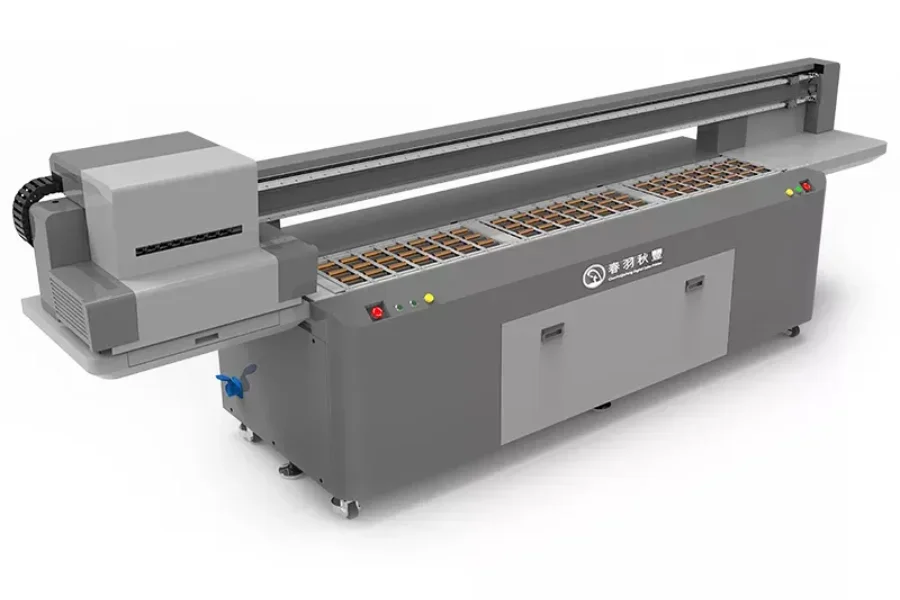
Multifunction inkjet printers are also called all-in-one printers. They have gained popularity over time as they can be used in homes and offices. This is because they can perform many tasks, for instance, scanning, copying, and printing. There’s a need to constantly replace the ink cartridges. Additionally, multifunction inkjet printers give black and white prints.
Pros
– They save space as one device handles many functions.
– They are cost-effective and energy-efficient.
– They improve overall productivity due to multitasking capability.
Cons
– One malfunction paralyzes all other operations.
– In the case of the advanced models, maintenance costs may be high.
– They may compromise on printing quality due to multifunctionality.
3. Photo inkjet printers
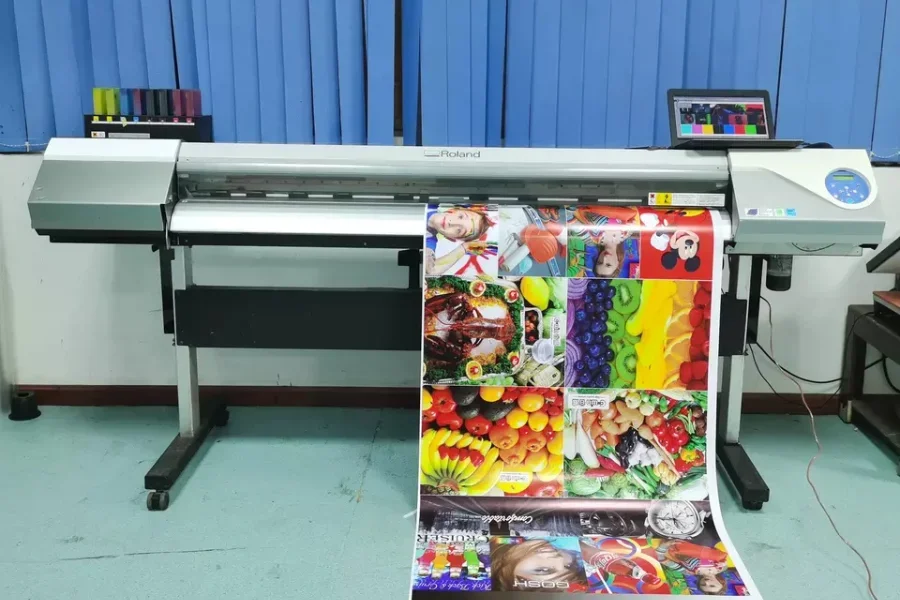
With the aim to make pictures exceptional and appealing, photo inkjet printers produce color printouts in varying sizes. They are quite costly compared to other inkjet printers due to the different types of ink used based on the dye and pigment required. These photo inkjet printers can be used by photographers to perform multiple tasks like printing, copying, and scanning.
Pros
– They offer full-color capabilities with high-quality printouts.
– They deliver products quickly.
– They have a reduced time for color matching to create various designs.
Cons
– The range of printable materials is limited.
– Most printouts are less durable.
How to select suitable inkjet printers
1. Printing speed
The right choice of printer must keep pace with the speed of the production line. On average, basic document inkjet printers can print about 5 pages per minute. Industrial or higher-end inkjet printers register maximum speeds of up to 40 pages per minute. Considering the speed, a buyer should also look at the first-page print speed. Basically, the fastest inkjet printer will take up to 10 seconds to reach standby mode and print the first page. The requirement for characters per second in every production line determines the choice of the industrial inkjet printer that can execute the tasks.
2. Durability
The most common downside of various inkjet printers is breaking down or clogging during inconvenient production times. The durability of an inkjet printer means it can sustain rigorous daily production with minimum or no failures. This boils down to the solid structure of the inkjet printer and its components, which can handle any form of wear and tear on the production line. Also, inkjet documents might have poor to excellent durability, depending on the quality of paper and ink used. When low-quality paper is used, it easily yellows and degrades as a result of residual acid in the untreated pulp. Over time, the documents can crumble into small particles when handled. On the other hand, high-quality inkjet prints on acid-free paper last long.
3. Ink and solvent availability
This factor simply implies that printing operations in the production line will not stop due to less or lack of solvent or industrial inkjet ink. When purchasing a printer, buyers should always research the reliability of the suppliers to provide specified ink formulation on time and in the colors required. Also, the solvents and replacement parts should be readily available for continuous print activities. To minimize downtime, buyers should employ certified and well-trained personnel to troubleshoot, make any repairs, and replace worn print components. Most importantly, buyers should select an inkjet printer that has exceptional customer service at their disposal to handle any arising problems.
4. Price
Initially, the cost of inkjet printers was generally low, but due to advances in technology, it has increased considerably. Apart from the initial purchasing price, the true cost is revealed when a buyer acquires replacement equipment, for instance ink and cartridges. Cartridges are generally less expensive but require to be replaced frequently; thus increasing the costs in the long term. Notably, buyers can drive costs down by investing in remanufactured cartridges. Also, readily available inkjet dealers will reduce the costs a great deal due to reduced shipping costs and availability to fix the equipment to minimize downtime.
5. Ink consumption
The number of prints a single ink cartridge produces depends on the print resolution, content, and ink type. The ink in the cartridge is used for printing photographs, documents, and other materials. Some of the ink is consumed to prevent clogging and maintain the health of the print head, where some will evaporate and the rest will be residual. Various inkjet printers use the available ink in different degrees. Buyers should choose inkjet printers that produce outstanding results for printouts efficiently. At the same time, the printers should use enough ink to ensure a reliable printing system with quality in the long term.
6. Applicable material
This depends on the buyers’ types of print jobs. They should consider inkjet printers that can handle a wide range of paper types and ink. Generally, the most common paper size is 8.5*11 inches, which is also called A4. Most basic printers can handle paper sizes up to 8.5*14 inches. Some industrial inkjet printers can handle the largest paper size, A0, which is 33.1*46.8 inches. Also, the paper weight should be considered in every production line as some printers can print large volumes of heavy paper while others cannot. On the other hand, liquid ink is mostly used in inkjet printers and is available in either pigmented forms or dye. Some inkjet printers consume solid ink, which is waxy and similar to a crayon.
Conclusion
It is quite clear that inkjet printers are indispensable in many industries. In addition, the printing conditions in various industries have developed to the extent of becoming challenging. From the above guide, buyers can comprehend several specialized solutions offered by different inkjet printers that are available in the market. There are no one-size-fits-all professional inkjet printers as they vary in benefits and drawbacks based on their application. Also, depending on buyers’ printing goals, they can acquire suitable inkjet printers by visiting Alibaba.com.
